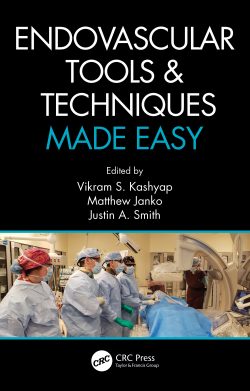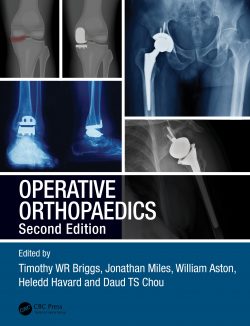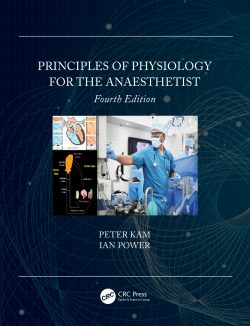This edition is a pretty complete textbook and tutorial for medical and health care students, as well as a recollection/update bench, and help desk for professionals. Novel approaches already applied in published clinical research will be addressed: matrix analyses, alpha spending, gate keeping, kriging, interval censored regressions, causality regressions, canonical regressions, quasi-likelihood regressions, novel non-parametric regressions. Each chapter can be studied as a stand-alone, and covers one field in the fast growing world of regression analyses.
The authors, as professors in statistics and machine learning at European universities, are worried, that their students find regression-analyses harder than any other methodology in statistics. This is serious, because almost all of the novel methodologies in current data mining and data analysis include elements of regression-analysis. It is the main incentive for writing this 28 chapter edition, consistent of
– 28 major fields of regression analysis,
– their condensed maths,
– their applications in medical and health research as published so far,
– step by step analyses for self-assessment,
– conclusion and reference sections.
Traditional regression analysis is adequate for epidemiology, but lacks the precision required for clinical investigations. However, in the past two decades modern regression methods have proven to be much more precise. And so it is time, that a book described regression analyses for clinicians. The current edition is the first to do so. It is written for a non-mathematical readership. Self-assessment data-files are provided through Springer’ s “Extras Online”.
Preface
Chapter 1.
Continuous Outcome Regressions
Chapter 2.
Dichotomous Outcome Regressions
Chapter 3.
Confirmative Regressions
Chapter 4.
Dichotomous Regressions Other than Logistic and Cox
Chapter 5.
Polytomous Outcome Regressions
Chapter 6.
Time to Event Regressions other than Traditional Cox
Chapter 7.
Analysis of Variance (ANOVA)
Chapter 8.
Repeated Outcome Regressions
Chapter 9.
Methodologies for Better Fit of Categorical Predictors
Chapter 10.
Laplace Regressions, Multi- instead of Mono-Exponential Models
Chapter 11.
Regressions For Making Extrapolations.
Chapter 12.
Standardized Regression Coefficients
Chapter 13.
Multivariate Analysis of Variance and Canonical Regression
Chapter 14.
More on Poisson Regressions
Chapter 15.
Regression Trend Testing
Chapter 16.
Optimal Scaling and Automatic Linear Regression
Chapter 17.
Spline Regressions
Chapter 18.
More on Nonlinear Regressions
Chapter 19.
Special Forms of Continuous Outcome Regressions
Chapter 20.
Regressions for Quantitative Diagnostic Testing
Chapter 21.
Regressions, a Panacee or at Least a Widespread Help for Data Analyses
Chapter 22.
Regression Trees
Chapter 23.
Regressions with Latent Variables
Chapter 24.
Partial Correlations
Chapter 25.
Functional Data Analysis I
Chapter 26.
Functional Data Analysis II
Index
“This is a comprehensive book on various types of theoretical, basic, and applied regression analysis in medical research. … There are sufficient examples in each chapter to enable better understanding of theory. … Each chapter has numerous graphs and tables, which are easy to understand and nicely detailed. This is an excellent reference for medical students, researchers in medicine, and healthcare professionals who want either a basic or an advanced understanding and interpretation of all types of regression analysis.” (Timir Paul, Doody’s Book Reviews, April, 2018)
Five textbooks complementary to the current production and written by the same authors are
This edition is a pretty complete textbook and tutorial for medical and health care students, as well as a recollection/update bench, and help desk for professionals. Novel approaches already applied in published clinical research will be addressed: matrix analyses, alpha spending, gate keeping, kriging, interval censored regressions, causality regressions, canonical regressions, quasi-likelihood regressions, novel non-parametric regressions. Each chapter can be studied as a stand-alone, and covers one field in the fast growing world of regression analyses.
The authors, as professors in statistics and machine learning at European universities, are worried, that their students find regression-analyses harder than any other methodology in statistics. This is serious, because almost all of the novel methodologies in current data mining and data analysis include elements of regression-analysis. It is the main incentive for writing this 28 chapter edition, consistent of
– 28 major fields of regression analysis,
– their condensed maths,
– their applications in medical and health research as published so far,
– step by step analyses for self-assessment,
– conclusion and reference sections.
Traditional regression analysis is adequate for epidemiology, but lacks the precision required for clinical investigations. However, in the past two decades modern regression methods have proven to be much more precise. And so it is time, that a book described regression analyses for clinicians. The current edition is the first to do so. It is written for a non-mathematical readership. Self-assessment data-files are provided through Springer’ s “Extras Online”.
– step-by-step analyses for self-assessment





